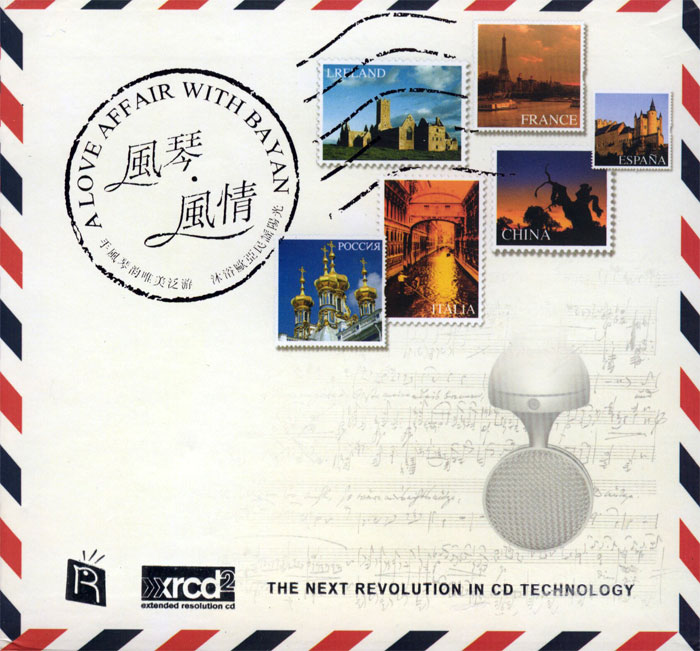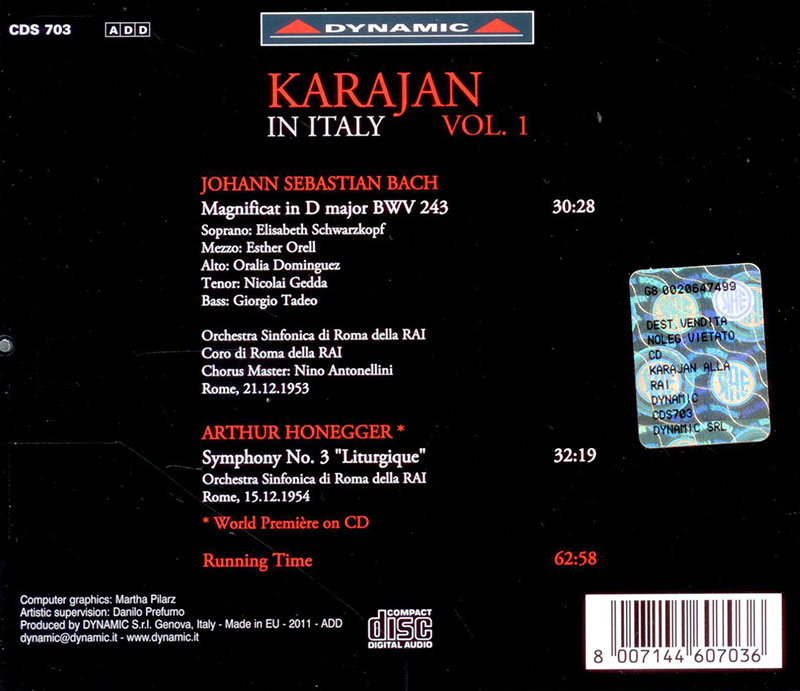Logowanie
Dlaczego wszystkjie inne nie brzmią tak jak te?
SpeakersCorner - OSTATNIE!!!!
RAVEL, DEBUSSY, Paul Paray, Detroit Symphony Orchestra
Prelude a l'Apres-midi d'un faune / Petite Suite / Valses nobles et sentimentales / Le Tombeau de Couperin
Samozapłon gwarantowany - Himalaje sztuki audiofilskiej
PROKOFIEV, Stanislaw Skrowaczewski, Minneapolis Symphony Orchestra
Romeo and Juliet
Stanisław Skrowaczewski,
✟ 22-02-2017
BARTOK, Antal Dorati, Philharmonia Hungarica
Dance Suite / Two Portraits / Two Excerpts From 'Mikrokosmos'
Samozapłon gwarantowany - Himalaje sztuki audiofilskiej
ENESCU, LISZT, Antal Dorati, The London Symphony Orchestra
Two Roumanian Rhapsodies / Hungarian Rhapsody Nos. 2 & 3
Samozapłon gwarantowany - Himalaje sztuki audiofilskiej
Winylowy niezbędnik
ClearAudio
Cartridge Alignment Gauge - uniwersalny przyrząd do ustawiania geometrii wkładki i ramienia
Jedyny na rynku, tak wszechstronny i właściwy do każdego typu gramofonu!
ClearAudio
Harmo-nicer - nie tylko mata gramofonowa
Najlepsze rozwiązania leżą tuż obok
IDEALNA MATA ANTYPOŚLIZGOWA I ANTYWIBRACYJNA.
Wzorcowe
Carmen Gomes
Celebrating the art and spirit of music - vol. 5 - Reference Songs
- CHCECIE TO WIERZCIE, CHCECIE - NIE WIERZCIE, ALE TO NIE JEST ZŁUDZENIE!!!
Petra Rosa, Eddie C.
Celebrating the art and spirit of music - vol. 3 - Pure
warm sophisticated voice...
SAMPLER - STS DIGITAL, Gregor Hamilton
Celebrating the art and spirit of music - vol. 2 - Love songs from Gregor Hamilton
...jak opanować serca bicie?...
SAMPLER - STS DIGITAL
Celebrating the art and spirit of music - vol. 1 - Leonardo Amuedo
Największy romans sopranu z głębokim basem... wiosennym
Lils Mackintosh
Celebrating the art and spirit of music - vol. 4 - A Tribute to Billie Holiday
Uczennica godna swej Mistrzyni
BACH, HONEGGER, Orchestra Sinfonica e Coro di Roma della RAI, Herbert von Karajan
Karajan in Italy - Vol.1

- Herbert von Karajan - conductor
- Orchestra Sinfonica e Coro di Roma della RAI - orchestra
- BACH
- HONEGGER
INFORMATION The Magnificat featured here has particular artistic significance as this was the first time Karajan had officially tackled Johann Sebastian Bach’s famous masterpiece. The Magnificat was composed in 1723 for the Christmas vespers in Leipzig, in the key of E flat major; Bach later removed Christmas references from the text so that the piece could be performed throughout the year and changed its key to D major. This version, dating back to 1733, is the one which is generally performed today. The choral part is for five voices and the Magnificat is divided into 12 pieces, many of them very famous, like the initial chorus, a truly spectacular passage pompously introduced by the orchestra, and all the solo arias. The cast shines out with the extraordinary voices of Elizabeth Schwarzkopf, already an international star at the time, and the young Nicolai Gedda, whom Karajan had auditioned just a few months before this concert. The Symphonie Liturgique is the third of Honegger’s five symphonies and it soon became one of the most successful contemporary works. It is divided into three movements, each with a subtitle referring to the Requiem Mass (Dies irae, De profundis clamavi and Dona eis pacem). The composer himself declared: ”I wished to symbolise the reaction of modern man against the wave of barbarity, stupidity, suffering, mechanical life and bureaucracy which assails us... In music I have represented the contrast found in man’s heart between abandonment to the blind forces that hold him in and the instinct for happiness, love of peace, the feeling of refuge in the divine.” Karajan was soon to become a benchmark interpreter of this symphony. Although he had already performed it previously, this is the first official performance.

























